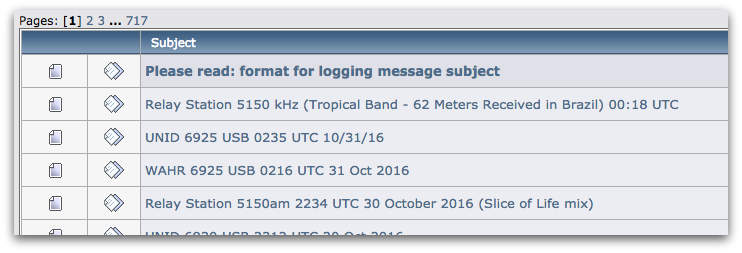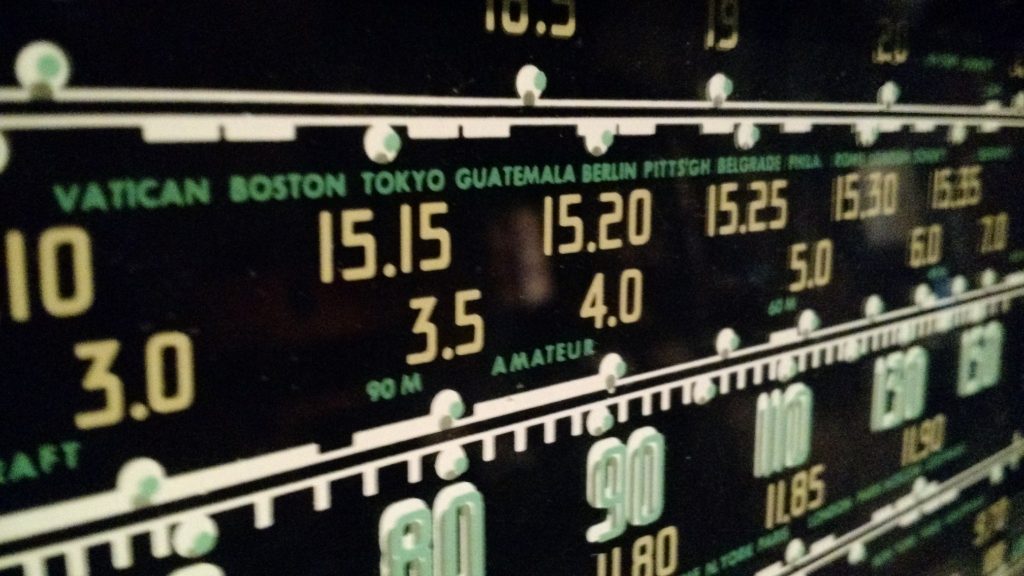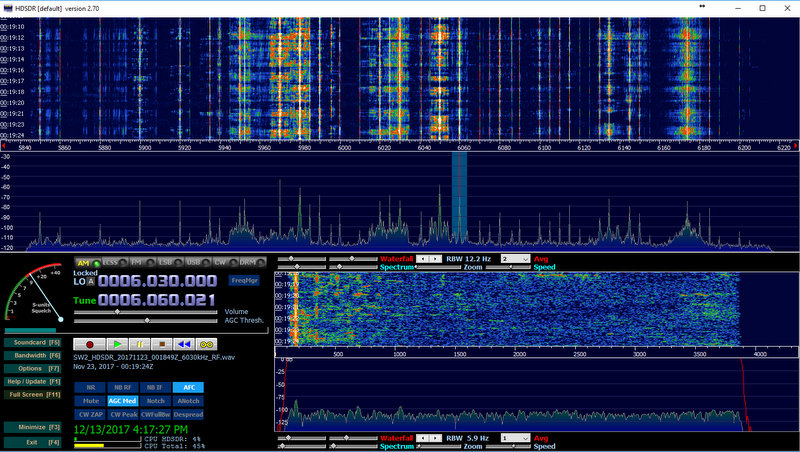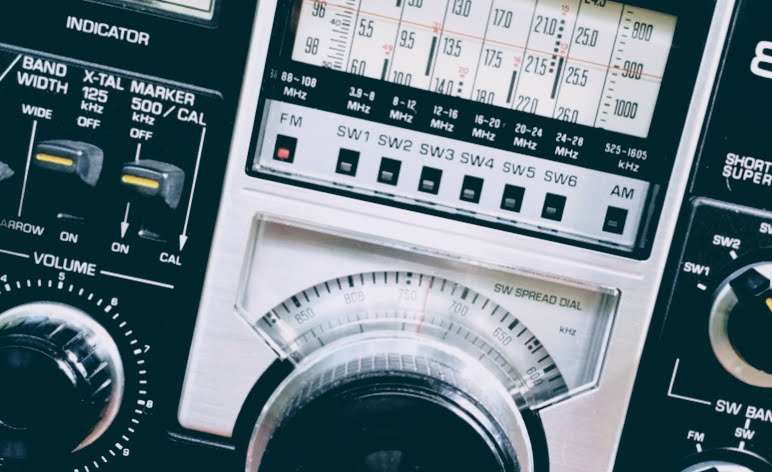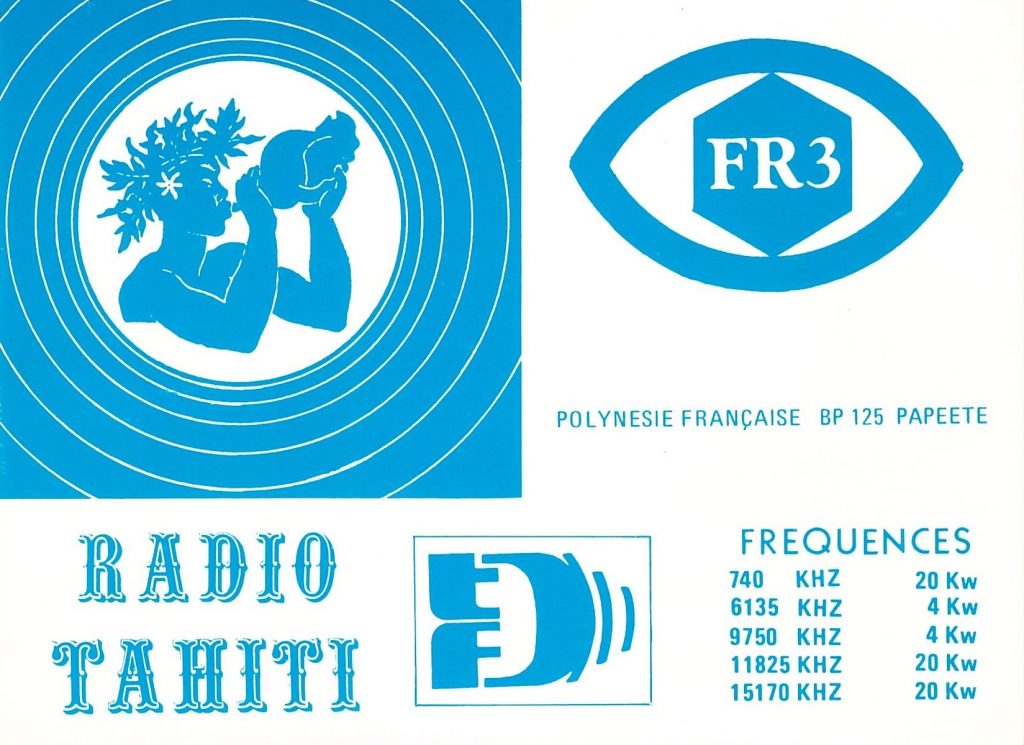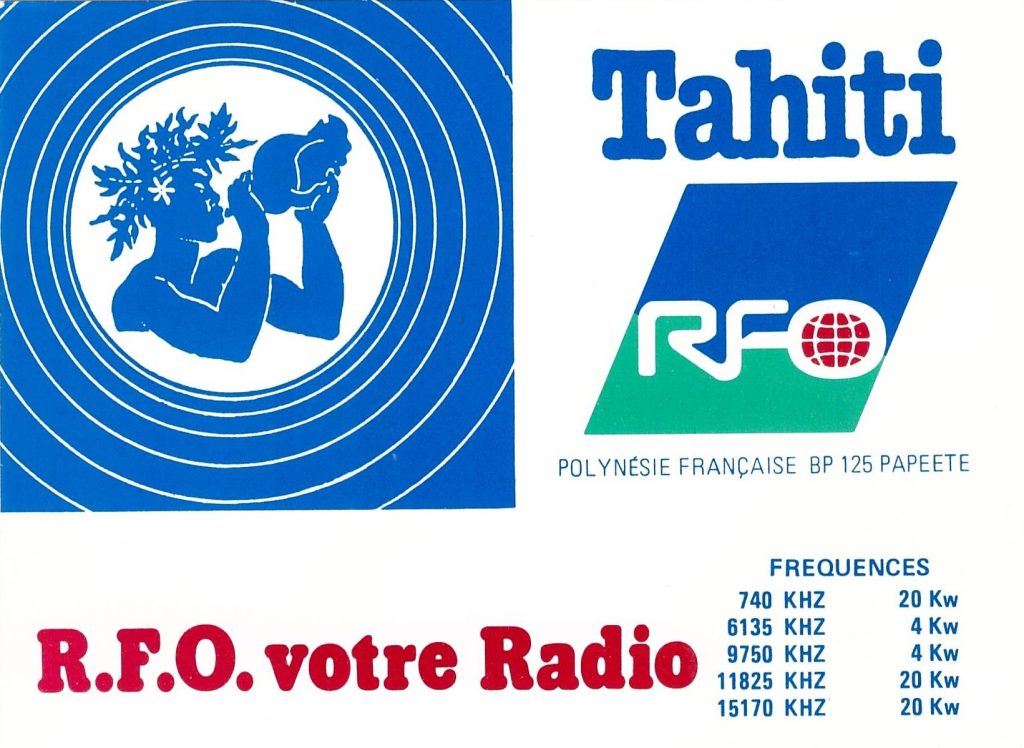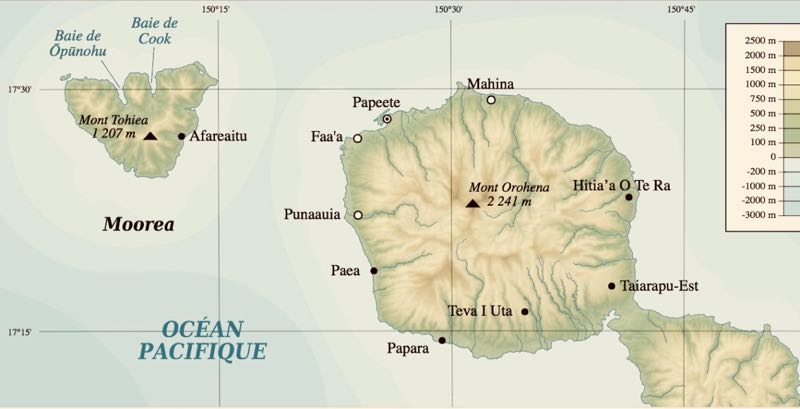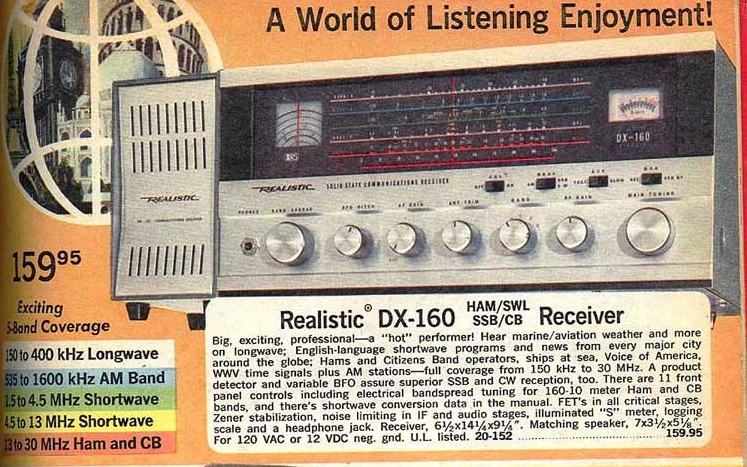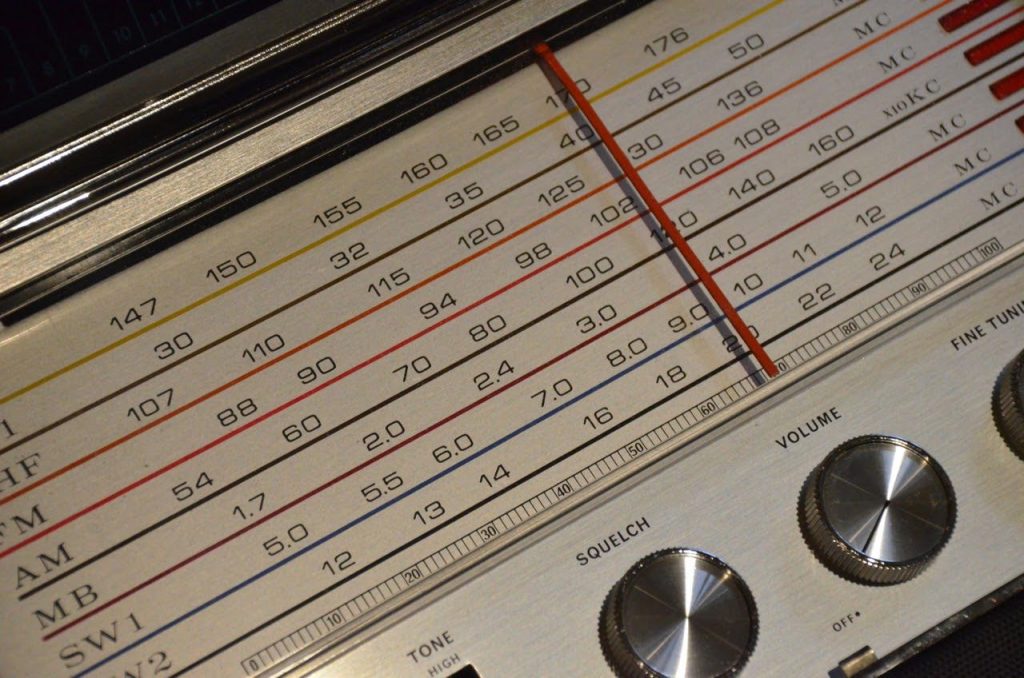
Many thanks to SWLing Post contributor, Bruce Atchison (VE6XTC), who shares the following notes from a DXpedition over 30 years years ago. Bruce writes, “While going through some old blog posts, I found this one about a DXpedition I took in 1984.”
HUNTING FOR RARE GAME.
In past posts, I’ve mentioned my passion for radio. It began with my discovery of distant stations on my dad’s car radio when I was ten years old and continues to this day. Because my memoirs deal with subjects other than distant signal reception, referred to by radio aficionados as DX, I haven’t been able to write much about this infatuation.
One aspect of hunting for DX is travelling to remote locations that are free of man-made interference. When I learned that my cousin Wayne, was going hunting near Lodgepole in October of 1984, I begged a ride with him.
In a clearing along a cut line, I erected a seventy-foot-long wire antenna and connected it to my general coverage receiver which I powered with a car battery. While Wayne hunted moose, I tracked down exotic stations. Just as the fresh autumn air invigorated me, so did the crystal-clear reception of stations which I could barely hear back home.
At our makeshift camp site, I often let my cousin listen to the radio. This occasionally led to some strange situations. As we ate breakfast early one morning, I tuned in a station from Papua New Guinea. To my astonishment, the announcer began playing country music. There we were, two Canadians in the Alberta wilderness, listening to American country tunes from a station on the other side of the Pacific ocean.
Another memorable radio moment happened one night when I picked up a coast guard station in contact with a ship somewhere in the Pacific. Somebody on board it was hurt and needed a doctor. The radio man could barely speak English and the American on shore could barely understand the sailor’s accent. If it wasn’t a serious situation, it would have been comical.
My uncle Bob, who hunted in a different part of the forest, met us one evening as we relaxed by the fire. When he asked what I was doing with that fancy radio, I showed him by tuning in Deutsche Welle, Germany’s international broadcaster.
Uncle Bob gawked at the set and listened in awestruck silence for a minute. “I can understand that,” he exclaimed as a news announcer droned on in German. “I can understand everything he’s saying. How can you pick up a signal all the way from Germany?” he marvelled.
I couldn’t even begin to explain the intricacies of F2 radio wave propagation to him so I said, “Signals like that always come in like that on the short wave bands.”
I felt sad at the end of the week when we packed up and drove toward Edmonton. Though Wayne came back empty-handed, I had the fulfilling experience of listening to far away stations free of annoying buzzes from TV sets and power lines.
Thank you for sharing those wonderful memories, Bruce!
